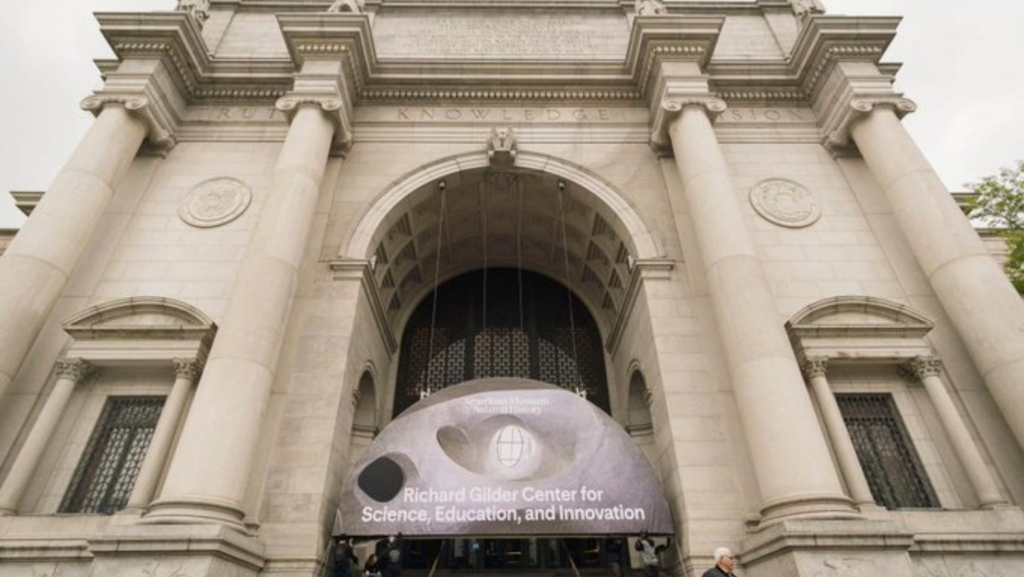American Museum of Natural History to remove 12,000 human remains from exhibits

Photo from New York Post/Twitter
Taking human remains from graves is one thing, but displaying them publicly—that’s borderline disturbing. This is exactly how the American Museum of Natural History’s president Sean Decatur feels, and he is taking action on the issue.
What propelled this move to remove human remains displayed on a dozen exhibits is cultural sensitivity, Decatur said.
“No individual consented to have their remains included in a museum collection,” he added. Most of these remains belong to Black and Indigenous people whose families weren’t even acknowledged for having their skeletons displayed.
Decatur, the American Museum’s new president, is taking a bold move to address these injustices. “Human remains collections were made possible by extreme imbalances of power,” he told the staff in a letter.
The American Museum of Natural History in New York Names Sean Decatur as its First Black President https://t.co/OMWRX4gCZr #SeanDecatur #AMNHNY #AmericanMuseumOfNaturalHistory #AfricanAmerican #Museums #Education pic.twitter.com/vMTvynTeIn
— George L. Cook III (@AAReports) December 30, 2022
Meanwhile, this isn’t the first time a prestigious museum has faced some skeletons in their closet. The Smithsonian Institution in Washington recently repatriated 64 remains of Filipinos acquired unethically from 1904 to 1941.
The American Museum of Natural History is addressing its vast collection acquired by some practices now viewed as racist. The collection has some 12,000 human remains, including those of 400 New Yorkers who died as recently as the 1940s. https://t.co/cFNajTqrHx
— The New York Times (@nytimes) October 15, 2023
Skeleton collections in American Museum of Natural History
The American Museum of Natural History holds an impressive collection, from the reconstructed bones of a 1000 AD Mongolian warrior to the more extensive exhibits that include bones stolen from graves across the city and other US states.
One example is the skeletons of five Black adults acquired from a Manhattan cemetery for enslaved people in 1903, as reported by New York Times.
“Certainly as an African American, the question of race is one of particular interest,” Decatur told NYT.
“The legacy of dehumanizing Black bodies through enslavement continues after death in how those bodies were treated and dehumanized in service of a scientific project.”
Furthermore, the museum also holds a “medical collection” of almost 400 sick and poor New Yorkers who died in the 1940s, which were initially held by medical schools then later handed over to the American Museum, as told by NYT.
Are the remains of your ancestors among the more than 12,000 held in the American Museum of Natural History in New York? I’ve found some information about c. 10,500 individuals, by geographical and/or cultural origin, and put it in a public spreadsheet (link in next tweet): pic.twitter.com/eTUfP13XWD
— Erin L. Thompson (@artcrimeprof) October 16, 2023
Aside from the Black people, the American Museum’s collection also includes 2,200 remains of Native Americans. And though the Native American Graves Protection and Repatriation Act exists, the process of returning the bones has been slow at best.
On a positive note, the museum’s new policy will oversee that these remain to be taken care of within their premises until they have the approval for repatriation. The museum will also take a long hard look at what they would display to the public.

